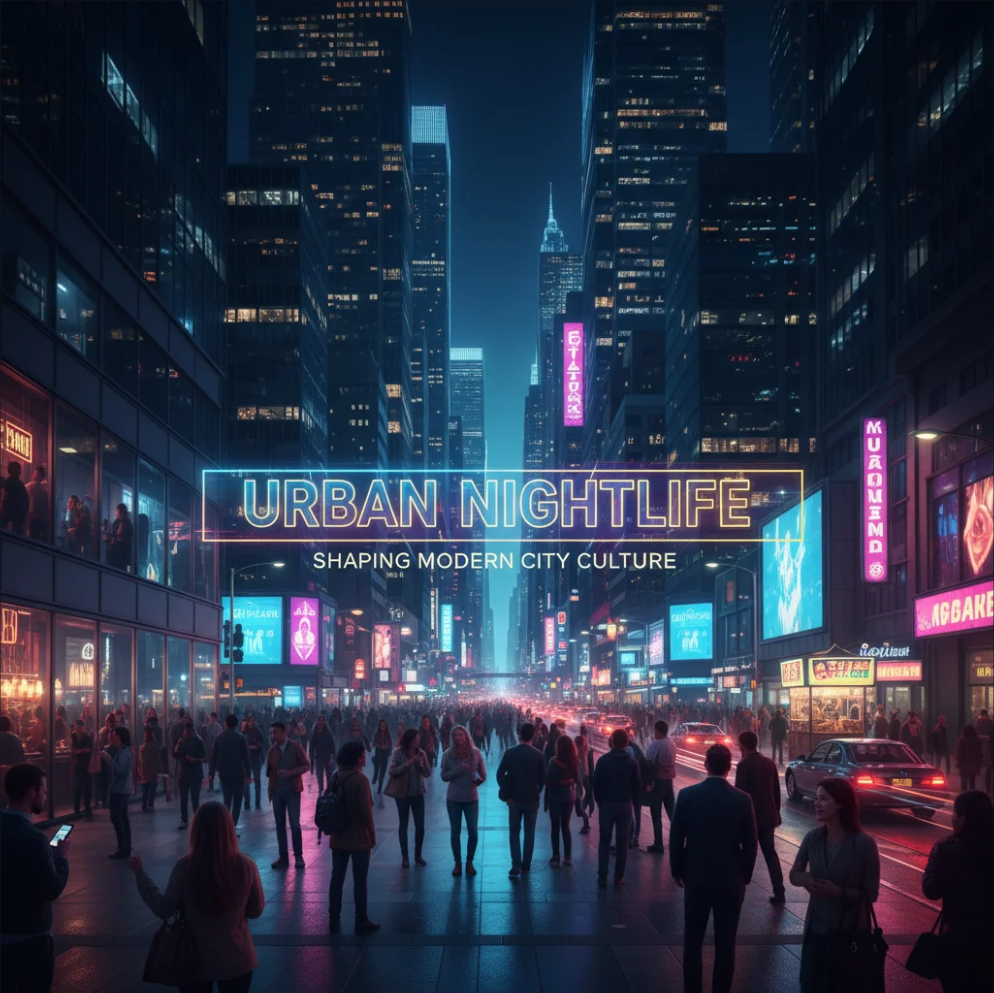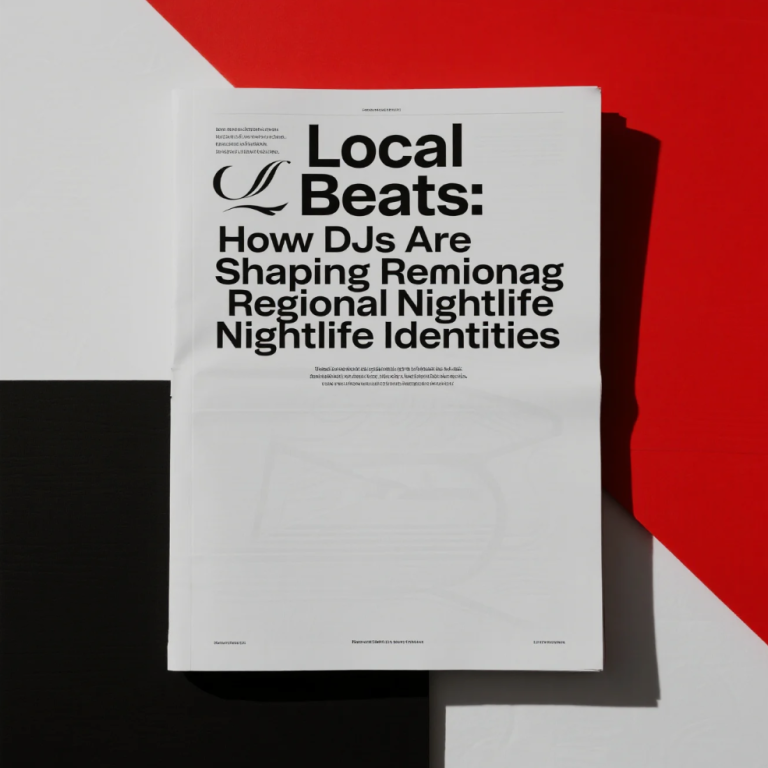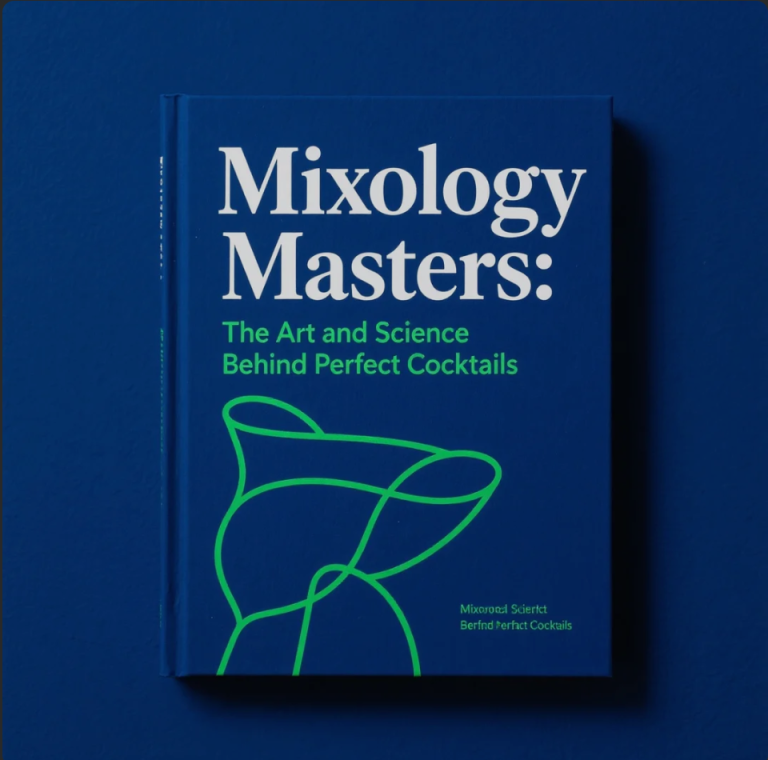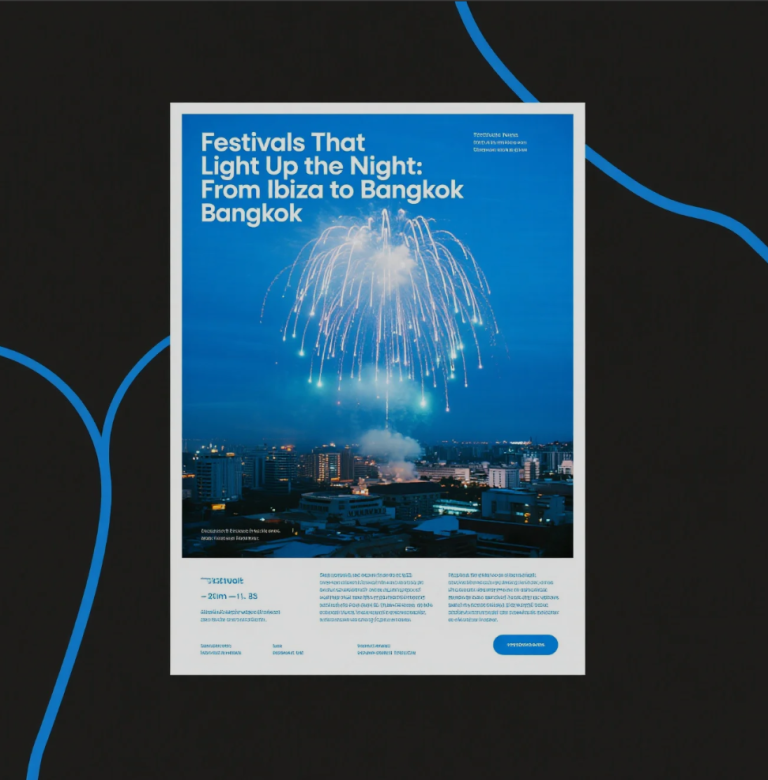
The nightlife of a city is often its most vibrant and revealing facet. From neon-lit streets to buzzing music venues, urban nightlife plays a crucial role in defining the culture, identity, and social dynamics of modern cities. It’s more than just entertainment—it’s a reflection of creativity, innovation, and community.
🎶 Music, Clubs, and Cultural Innovation
Music is at the heart of urban nightlife. Clubs, bars, and live music venues act as incubators for emerging artists and new genres, influencing broader cultural trends. Cities like Berlin, Tokyo, and New York have become synonymous with nightlife-driven music movements that shape both local and global tastes.
👗 Fashion and Self-Expression
Urban nightlife is a stage for personal expression. Nightlife trends often influence fashion, encouraging experimentation with style, color, and identity. From avant-garde outfits to streetwear-inspired club looks, what people wear at night can ripple into mainstream culture.
🌃 Social Spaces and Community Formation
Nightlife also fosters social connections. Cafés, lounges, and bars provide spaces for networking, collaboration, and cultural exchange. Many urban communities rely on nightlife hubs as vital social spaces where ideas, art, and friendships flourish.
🍽️ Food, Drinks, and Culinary Innovation
Modern nightlife isn’t limited to music and dancing—it also intersects with gastronomy. Pop-up bars, late-night eateries, and experimental cocktails contribute to a city’s cultural identity and reflect evolving trends in dining and socializing.
✨ The Broader Impact
Urban nightlife drives tourism, boosts local economies, and influences urban planning. It plays a key role in shaping the identity of a city, making it a dynamic, attractive, and culturally rich space. Nightlife is where innovation meets community, and cities thrive when their nightlife flourishes.



